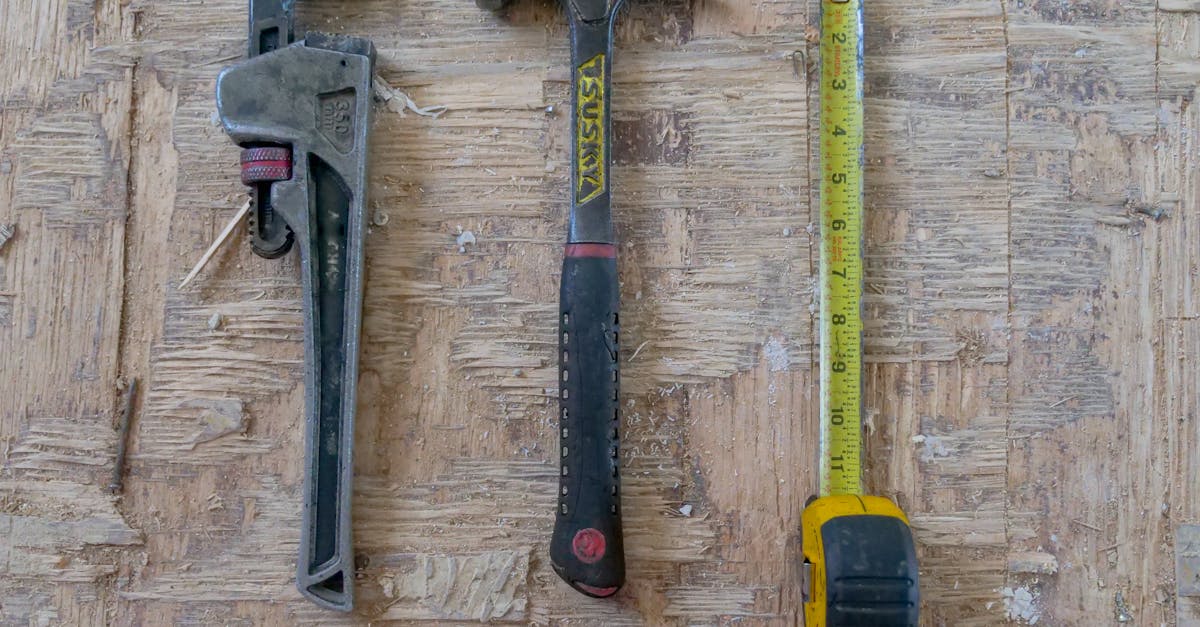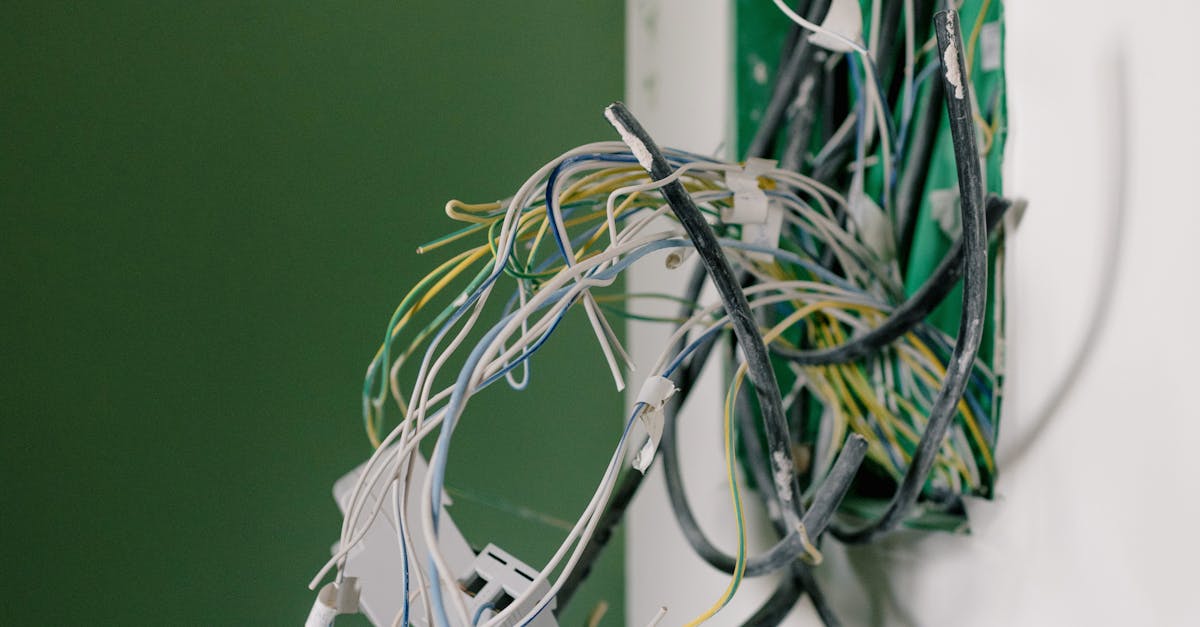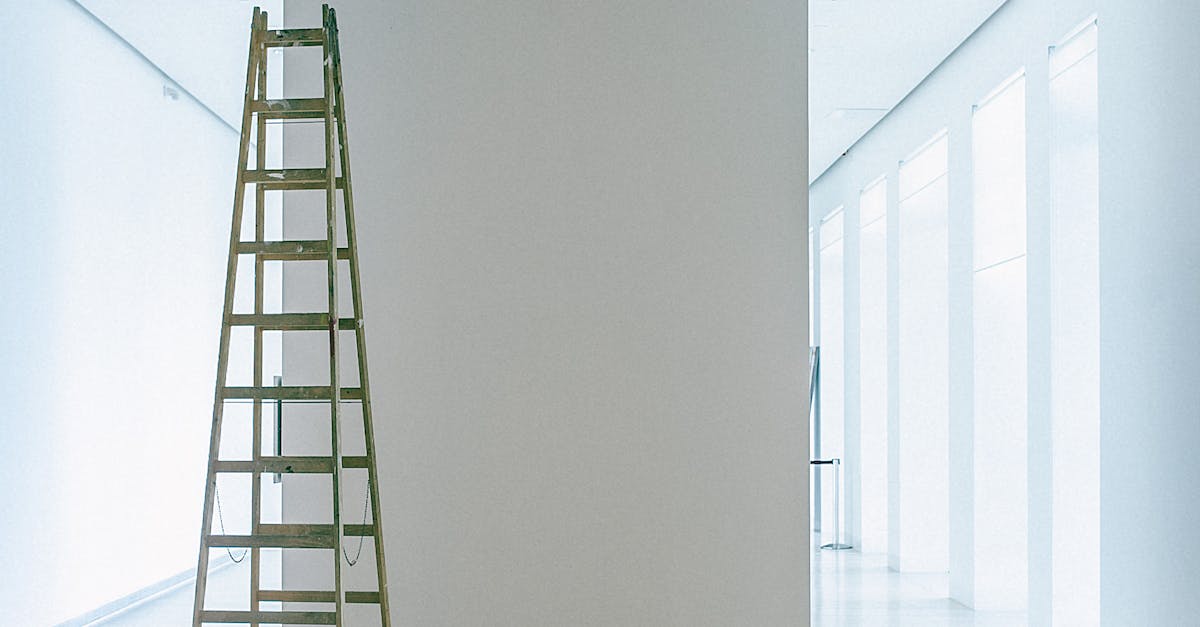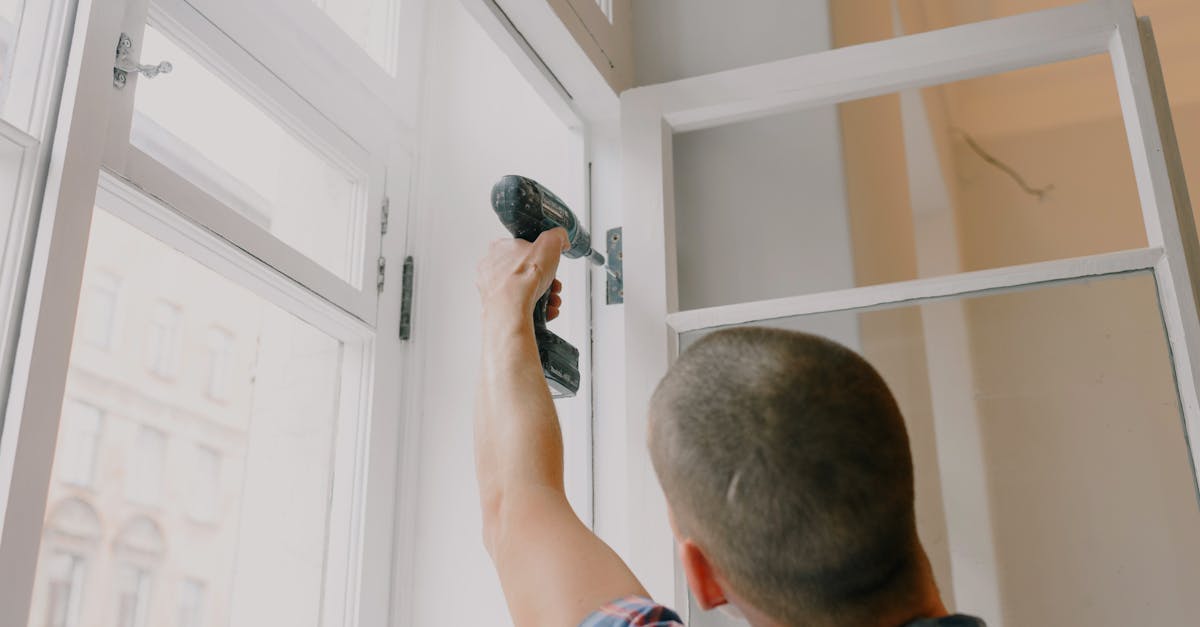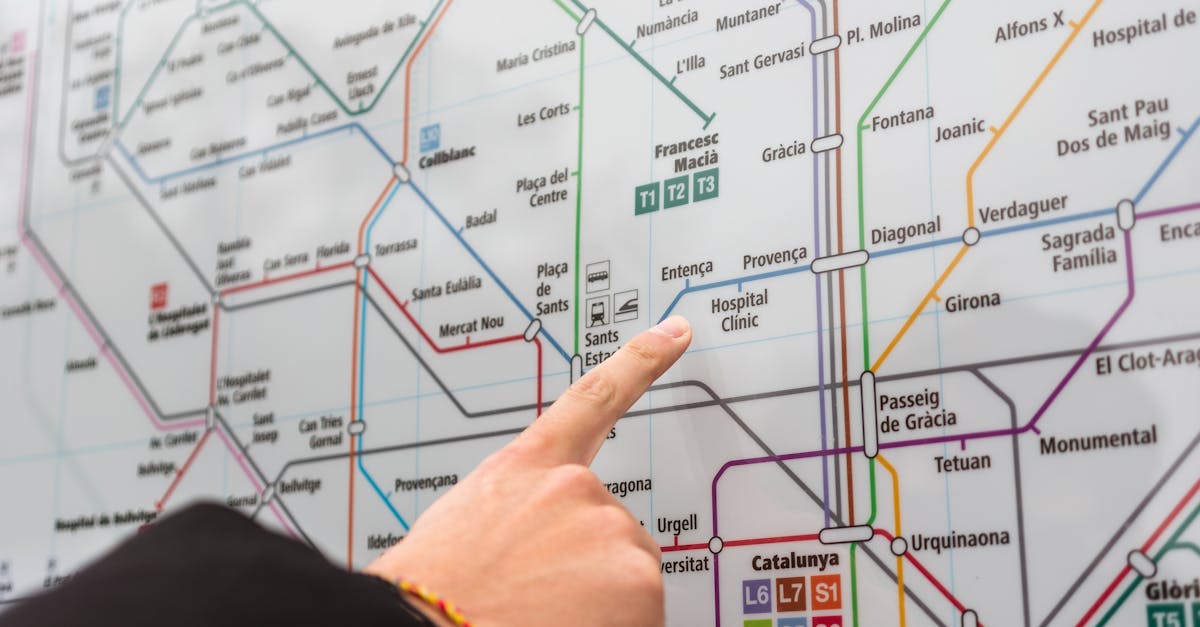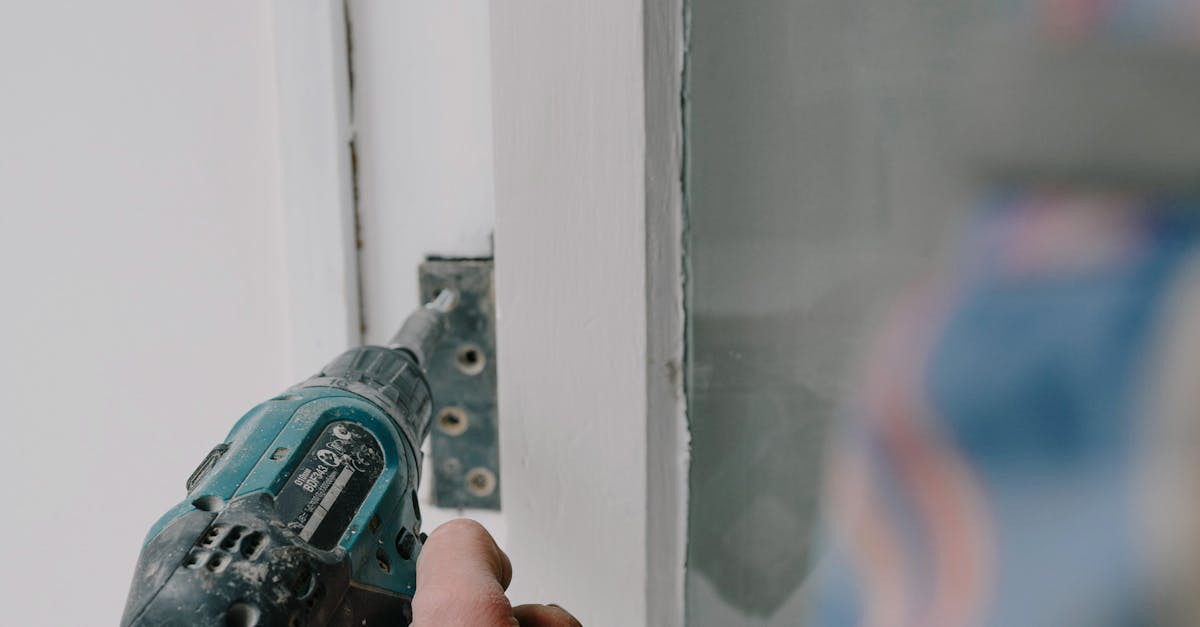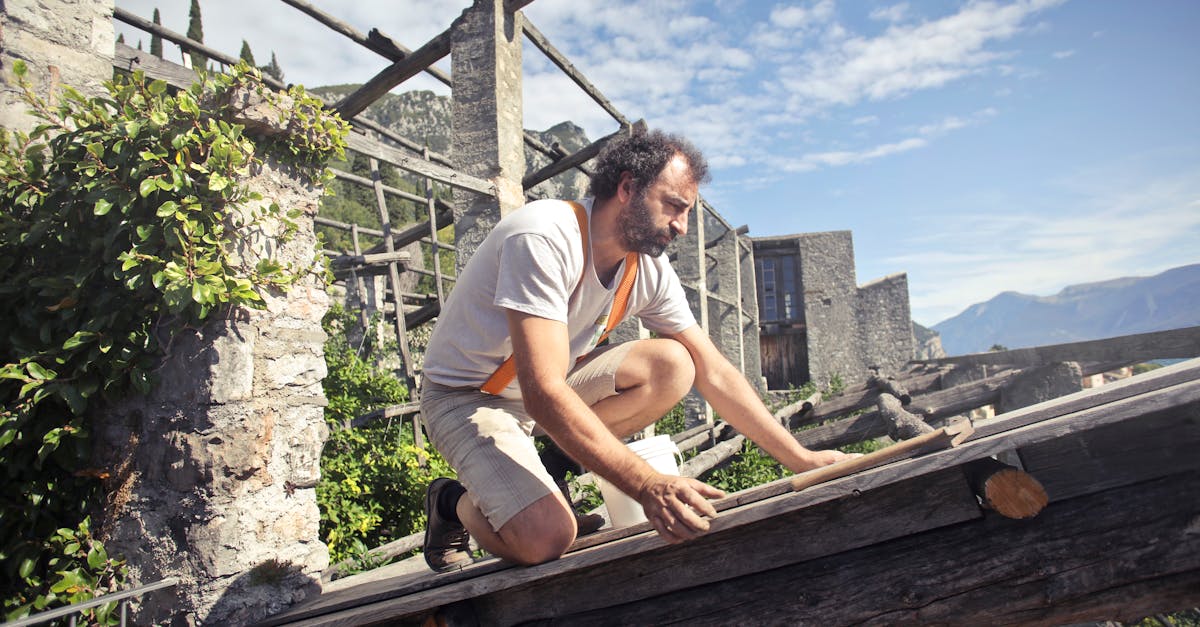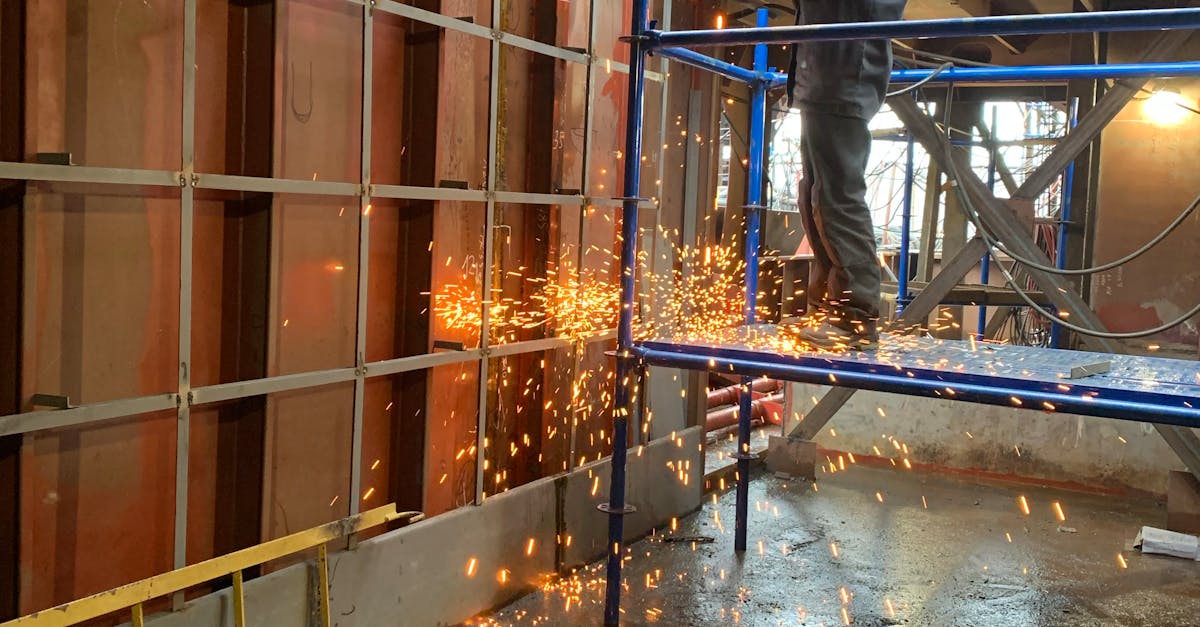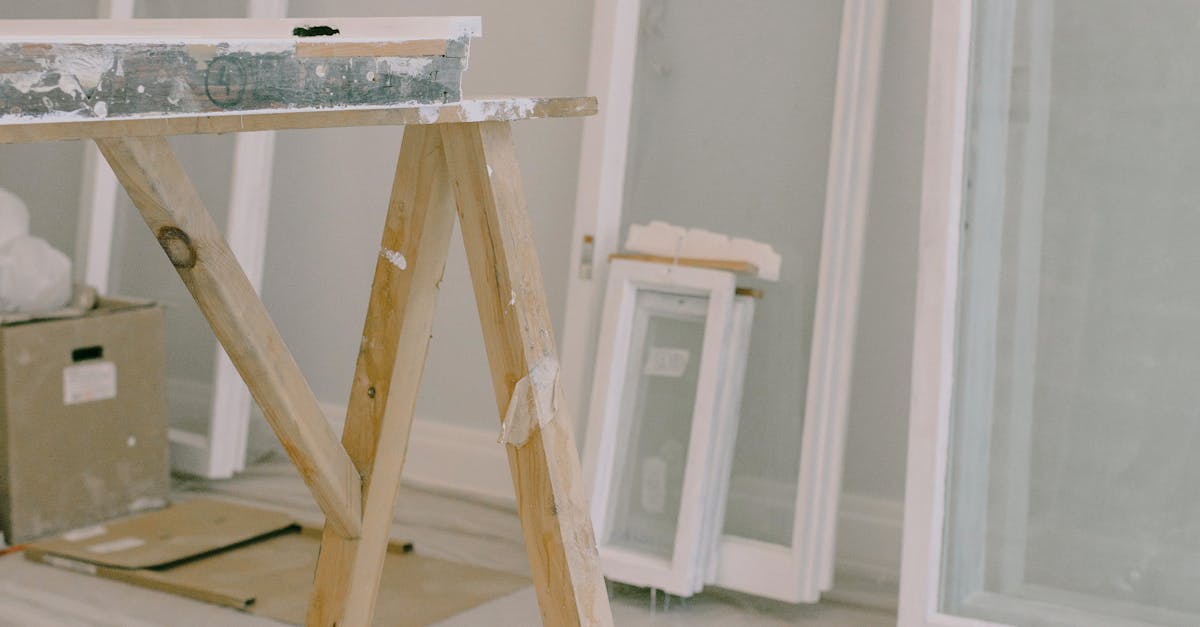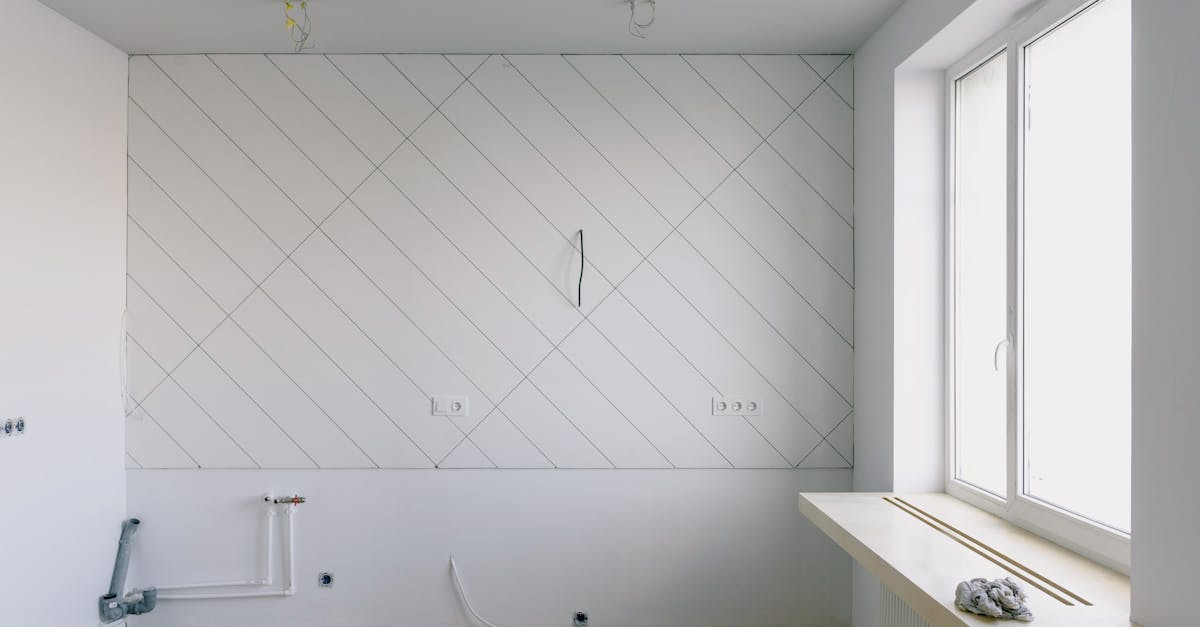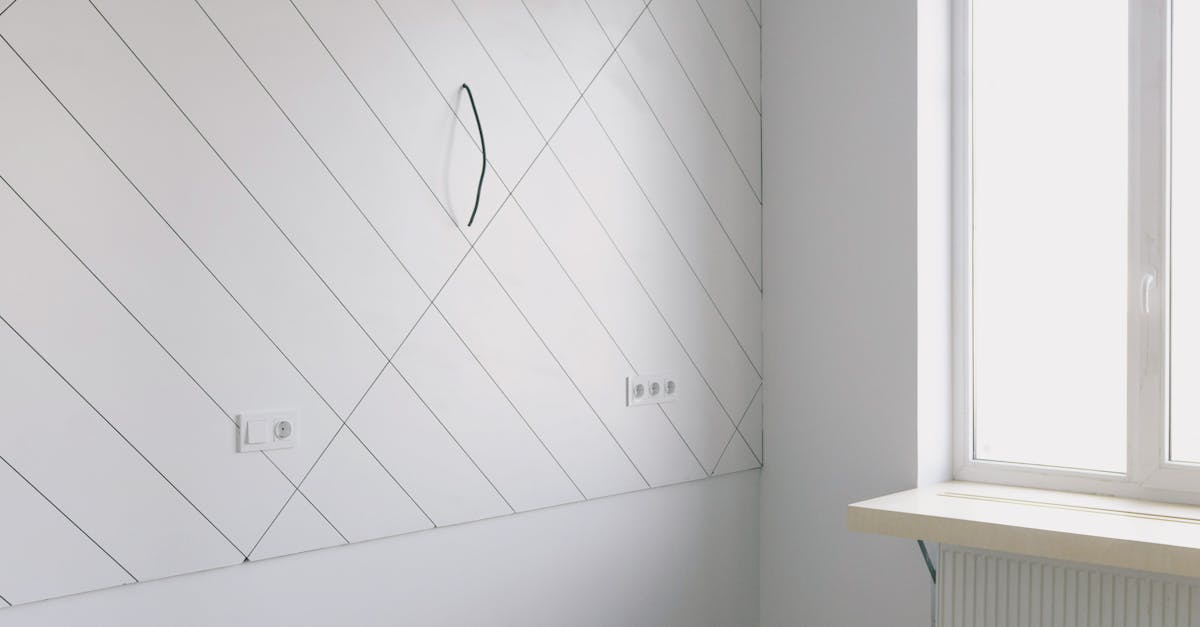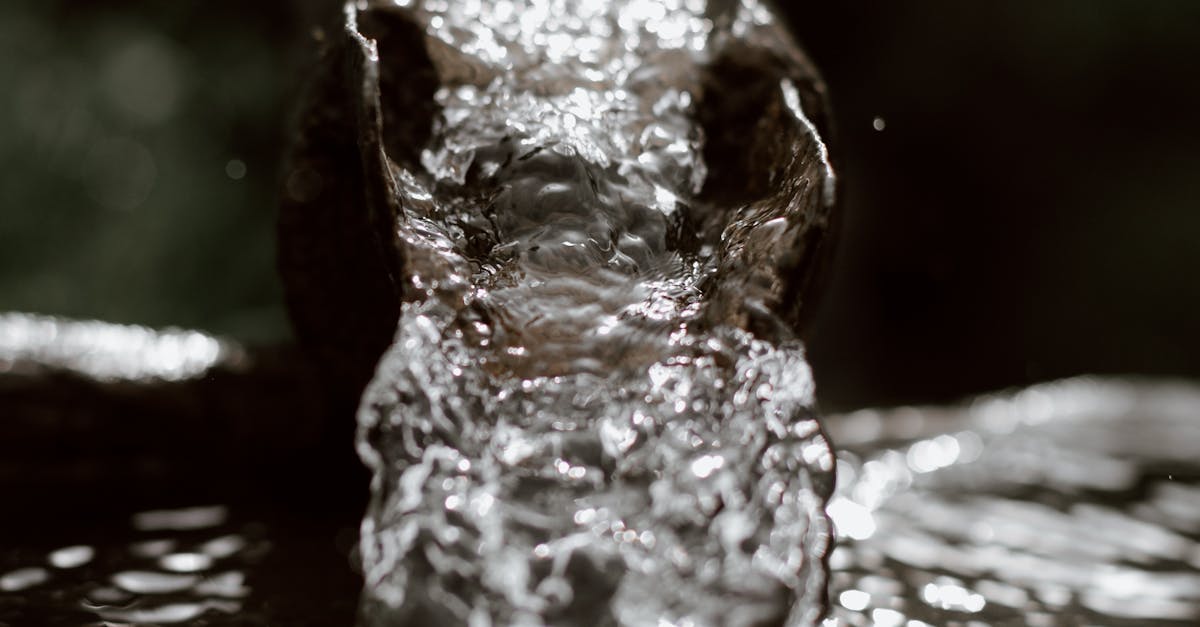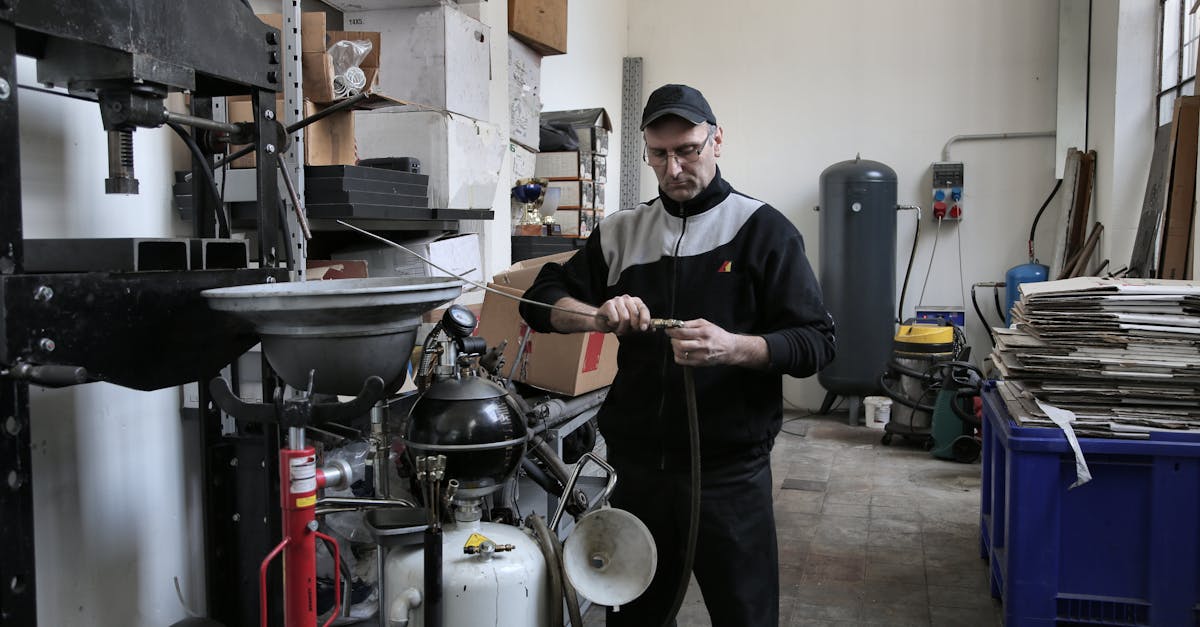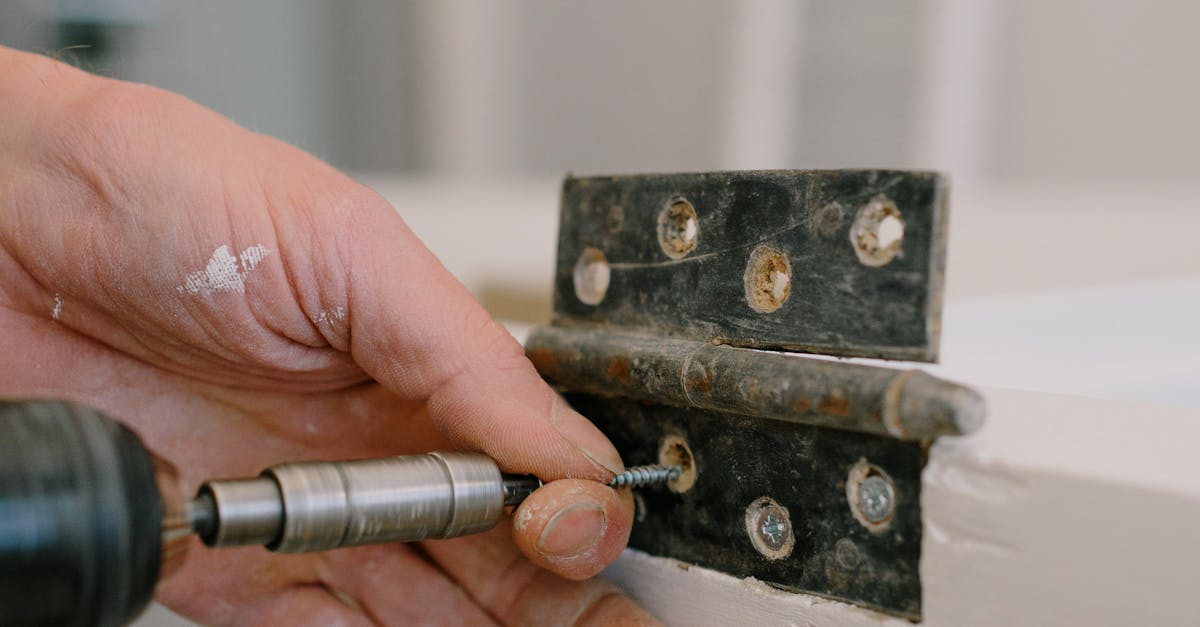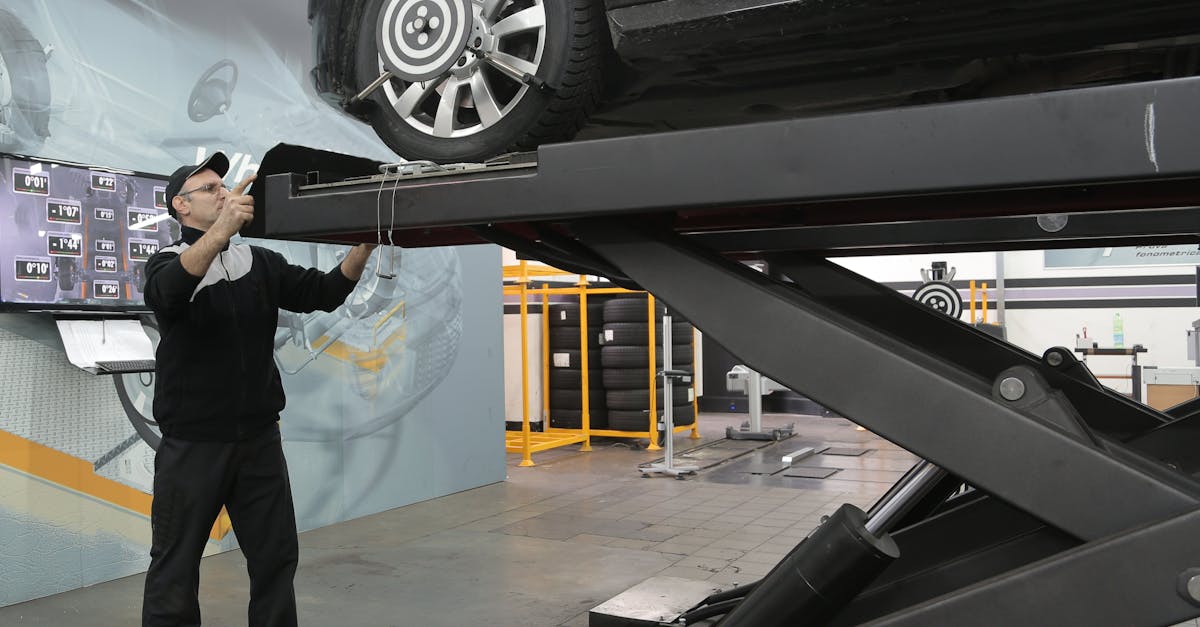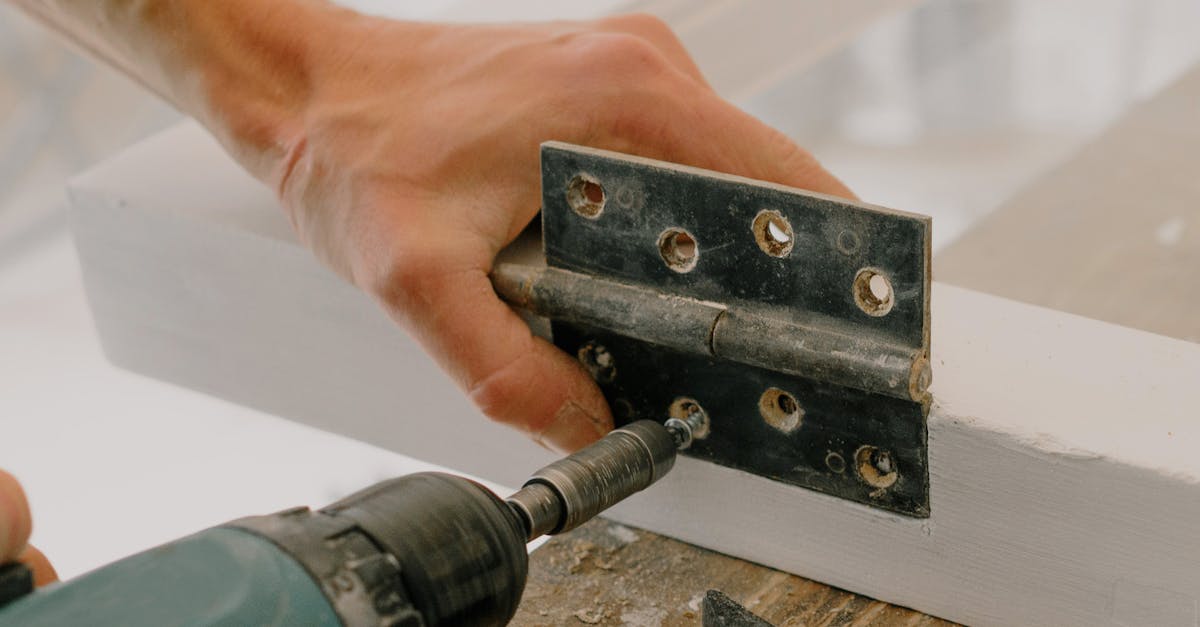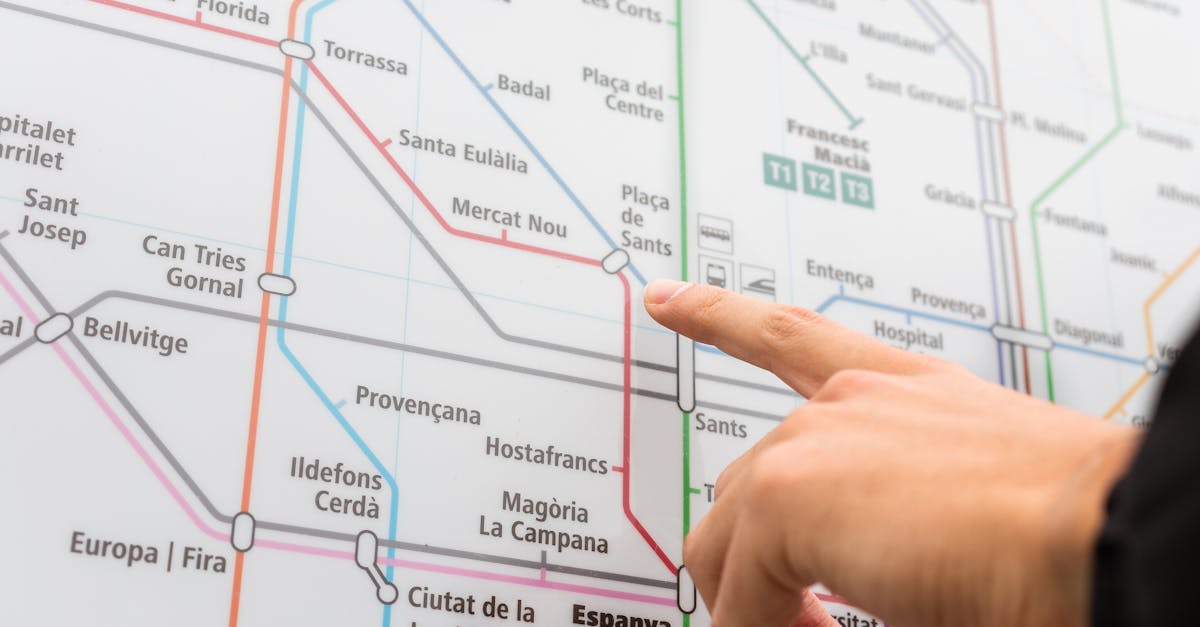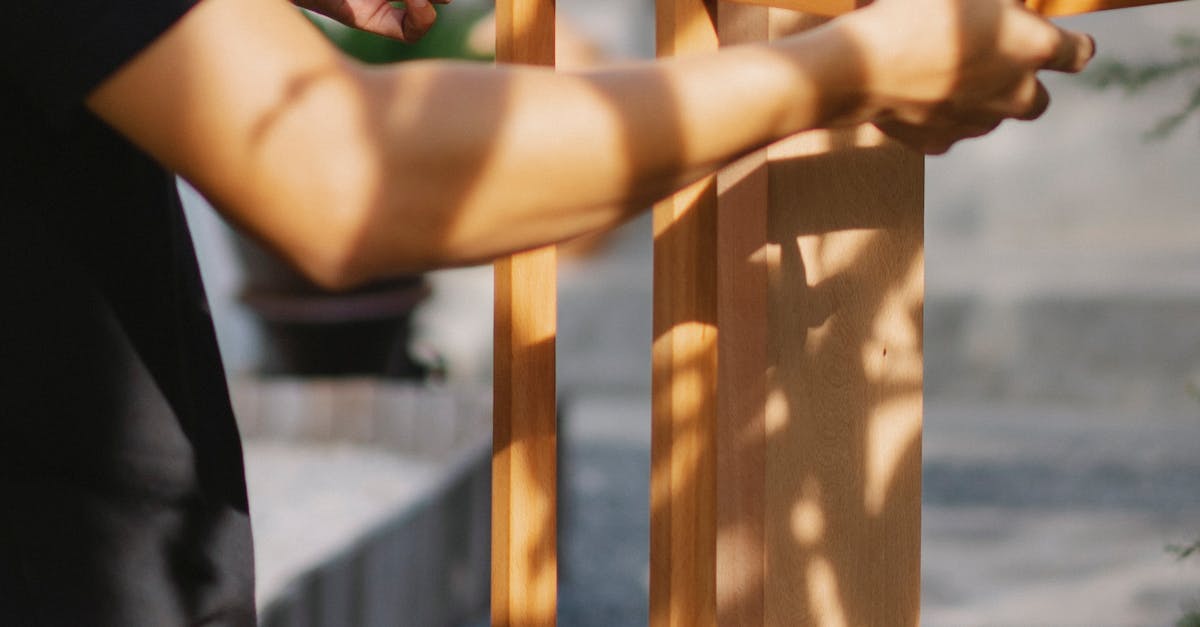
Table Of Contents
Environmental Impact of Trenchless Repairs
Trenchless sewer repair methods are recognised for their minimal environmental impact compared to traditional excavation techniques. By using advanced technology, these methods reduce the need for extensive digging, which can disrupt local ecosystems and landscapes. This reduction in surface disruption helps in preserving existing vegetation and limiting soil erosion, contributing to a more sustainable approach in sewer line installation and repair.
Additionally, trenchless technology often results in less waste generation. Traditional repairs typically involve the disposal of significant amounts of soil and other materials, whereas trenchless options can significantly cut back on the volume of debris produced. This efficiency not only reduces landfill contributions but also aligns well with the growing emphasis on environmentally responsible practices in construction and maintenance.
Reducing Surface Disruption
Trenchless sewer repair significantly minimises surface disruption, making it an attractive option for homeowners and businesses. Traditional methods often require extensive digging, leading to damaged landscaping, disrupted driveways, and affected public pathways. In contrast, trenchless technology utilises existing access points to perform sewer line installation and repair without the need for large excavations. This method preserves the integrity of the surface while ensuring efficient access to the sewer system.
Moreover, reduced surface disruption means less inconvenience for residents and businesses in the vicinity. With fewer disturbances, daily routines can continue with minimal interruption. The swift nature of trenchless repairs also limits the duration of any required surface work, enabling quicker restoration of affected areas. This approach not only benefits property owners but also contributes positively to the surrounding environment by reducing the overall impact on land and infrastructure.
Common Misconceptions About Trenchless Sewer Repair
Many homeowners hold misconceptions about the complexity and cost of trenchless sewer repair, mistakenly believing it is only suitable for new installations. In reality, trenchless technology offers an efficient solution for existing sewer line installation and repair, allowing professionals to access and work on pipelines without the need for extensive digging. This method can often be completed in a fraction of the time compared to traditional techniques, leading to reduced labour costs and quicker service.
Another common myth is that trenchless methods are less reliable than traditional excavation. On the contrary, trenchless sewer repair utilises advanced techniques and materials that meet or exceed industry standards. These repairs often result in longer-lasting solutions, significantly minimising future issues. Homeowners can find assurance in the fact that trenchless technology combines innovation with proven effectiveness in maintaining sewer infrastructure.
Debunking Myths
Many misconceptions surround trenchless sewer repair, often leaving property owners hesitant about using this modern technique. One common myth is that it is only suitable for minor repairs. In reality, trenchless methods can effectively handle extensive sewer line installation and repair, including the replacement of structurally compromised pipes. This technique can accommodate various situations, making it a versatile option for many homeowners.
Another misconception is that trenchless repair is significantly more expensive than traditional methods. While initial costs may be higher, the long-term benefits often offset the investment. Trenchless sewer line installation and repair usually requires less labour and eliminates the need for extensive excavation, reducing overall property damage and restoration costs. Consequently, it often proves more economical when considered as a whole.
When Is Trenchless Sewer Repair the Best Option?
Trenchless sewer repair often becomes the preferred choice in various situations, particularly when traditional excavation methods may prove to be disruptive and costly. Homeowners dealing with recurring blockages or persistent leaks in older sewer lines should consider this method as it allows for minimal disruption to landscaping and existing structures. The speed of the process also makes trenchless options appealing, completing repairs in a fraction of the time compared to conventional digging.
Additionally, trenchless sewer repair shines in densely populated urban areas where surrounding infrastructure can complicate traditional repairs. When sewer line installation and repair need to be conducted without disturbing nearby roads, sidewalks, or other utilities, trenchless techniques provide a solution that maintains the integrity of the area. This approach not only saves time but can also be more economical in the long run, avoiding expenses for restoring the surface after extensive excavation.
Indicators for Choosing This Method
Considering trenchless sewer repair becomes essential when the existing pipes show significant signs of damage or deterioration. Homeowners should look for indicators like persistent clogs, slow drainage, or recurring backups. If traditional repair methods seem too invasive or expensive, opting for a trenchless approach can save both time and money. It is especially beneficial when the sewer line installation and repair need to be carried out in areas with limited access, such as near driveways, landscaping, or gardens.
Another factor that influences the decision is the age of the sewer system. Older pipes, often made from less durable materials, are more prone to issues and may benefit from a trenchless method. This approach not only minimises disruption but also allows for the installation of modern materials that are more resilient. Ultimately, assessing the specific condition of the sewer lines, along with the surrounding environment, helps determine whether trenchless sewer repair is the most suitable option.
FAQS
What is trenchless sewer repair?
Trenchless sewer repair is a modern method used to fix damaged sewer pipes without the need for extensive digging. It involves techniques such as pipe relining or bursting, which minimise surface disruption.
What are the environmental benefits of trenchless sewer repair?
Trenchless sewer repair significantly reduces the amount of surface disruption and excavation, which helps preserve natural landscapes, protects existing vegetation, and minimises soil erosion and pollution.
Are there any misconceptions about trenchless sewer repair?
Yes, some common misconceptions include the belief that trenchless methods are always more expensive than traditional methods or that they are not suitable for all types of sewer damage. In reality, trenchless repairs can often be more cost-effective and are suitable for many situations.
How do I know if trenchless sewer repair is the right option for my situation?
Indicators that trenchless sewer repair may be the best option include the extent of the damage, the type of pipe material, and the location of the pipes. Consulting with a professional can help assess your specific situation and recommend the best approach.
Is trenchless sewer repair a long-term solution?
Yes, trenchless sewer repair is generally considered a long-term solution, as it often involves durable materials that can extend the lifespan of your sewer system significantly, reducing the need for future repairs.
